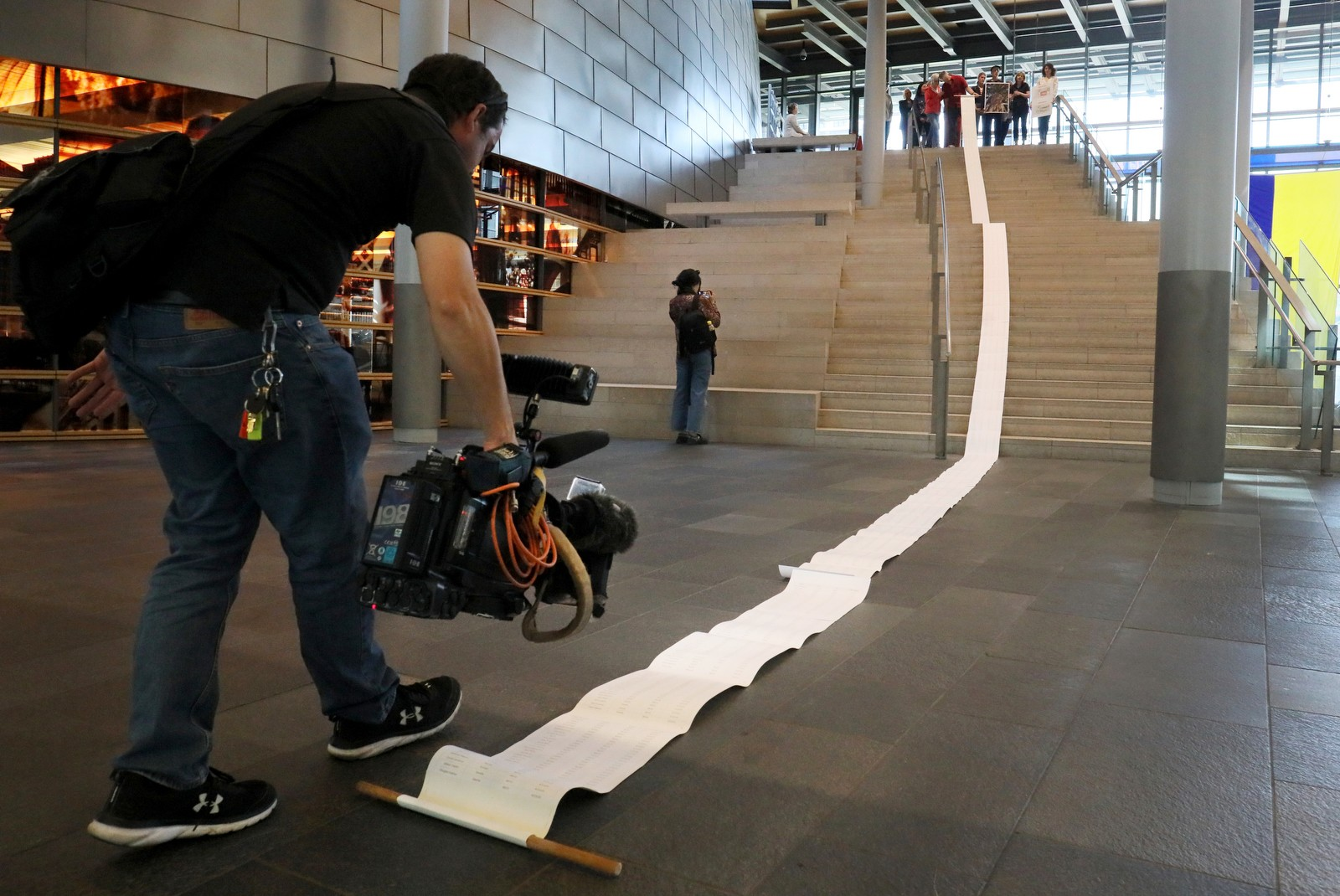
Amendment 102 FAQ
Amendment 102 Passed September 18. Here are some answers to some key questions about the amendment.
What is Amendment 102?
Amendment 102 of the comprehensive plan makes purely technical amendments to the 2023 tree ordinance. Amendment 102:
- Adds flexibility to tree protection areas, instead of current rigid requirements
- Removes a minimum building width requirement
- Removes vague language that justifies tree removal: “retaining walls” and “improvements”
The excessively large and rigid tree protection area in the 2023 tree ordinance fueled thousands of unnecessary removals of healthy trees for construction. 102 creates a smaller, flexible footprint for trees to accommodate dense housing nearby.
A previous version included language clarifying that city planners can ask for site design changes to save trees, but this provision was removed from the final bill.
Why Do We Need to Make These Technical Changes?
The three loopholes listed above have fueled the removal of thousands of trees in Seattle since the 2023 tree ordinance was passed.
Since 2023, Seattle has lost over 4,700 trees on private land, and most of these were over one foot in diameter. The rate of removals has doubled in the past year, and frontline communities are hit hardest, with already low canopy and higher climate risks.
Without Amendment 102, the city has no effective way to stop preventable tree removals during construction. Every month of delay means hundreds more trees gone for good.
Won’t This Slow Down or Block New Housing?
A previous version included language clarifying that city planners can ask for site design changes to save trees, but this provision was removed from the final bill.
During the passing of 102, some councilmembers expressed concern that developers will now need to hire an arborist to review their tree protection area. This is not the case, as Seattle (and most cities) already requires arborist reports for development projects — both to assess existing trees, and to plan for new ones.
Amendment 102 does not change this arborist report requirement in any way, but we hope that new options for saving trees through flexible tree protection areas will encourage developers to consider trees at the beginning of a project, when it is easiest to plan for building around trees.
Does Keeping Trees Make Building Housing More Expensive?
Independent review says no. In 2022, the Seattle Hearing Examiner dismissed claims from the developer lobby (MBAKS) that tree protections add costs or delays, calling those arguments “speculative.”
Does Amendment 102 Hurt Equity?
There is nothing in Amendment 102 that limits the number or size of housing built by developers.
Amendment 102 is about equity: low-canopy areas (think: Rainier Valley) are the hardest hit by tree loss. Their residents are least able to afford the impacts of heat, flooding, and pollution. Protecting trees in these neighborhoods is a win for environmental justice.


.avif)




.png)